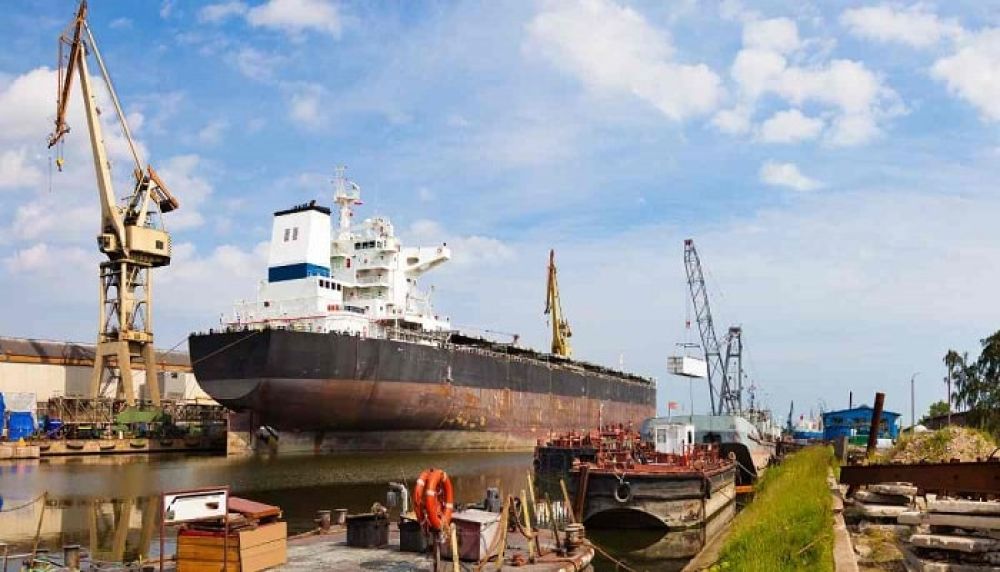

Located on the western coast of the Gulf of Khambhat, the Alang Ship Breaking Yard in Bhavnagar, Gujarat, India is renowned as one of the largest ship-breaking facilities globally. Since its establishment in the 1980s, the yard has grown to become a significant player in the ship recycling industry, significantly impacting both the global economy and local communities.
The journey of Alang as a ship-breaking yard started when it was identified as a suitable place for the disposal of ships in 1983. With a naturally high tidal range and firm grounding, it was the perfect location to beach large vessels for dismantling. Rapidly, it evolved into a prime destination for the obsolete maritime behemoths of the world to be taken apart and recycled.
In the initial years, Alang was purely industrial, far from the eyes of tourism. It operated under the radar, quietly dismantling ships and contributing to the steel industry. The yard drew attention to its sprawling area with miles of coastline being used to carve up the vessels into metal scrap, attracting the interest of environment-conscious groups and individuals worldwide.
Over time, the sheer scale and uniqueness of the ship-breaking process at Alang began to intrigue the public. What was once a secretive industry started to pique the curiosity of academics, environmentalists, and eventually, tourists. The yard became a subject of documentaries and research studies, highlighting its role in the global recycling chain and shedding light on the labor practices and environmental impact.
With increasing interest, local authorities, recognizing Alang's potential for industrial tourism, initiated measures to open it up for visitors. This marked Alang's tentative entry into the tourism sector. Here are some of the latest trends related to Alang Ship Breaking Yard's tourism:
Despite its fascination for some, Alang Ship Breaking Yard remains a controversial destination. Concerns about safety, environmental damage, and the ethical implications of ship breaking continue to challenge its emergence as a conventional tourist spot.
The future of tourism in Alang hangs in the balance, with global scrutiny on the industry's practices and increasing regulations. Efforts to improve safety standards, reduce environmental impact, and provide transparency could potentially boost its appeal to a broader audience. Tourism authorities and industry stakeholders must navigate these complexities to preserve the yard's future viability, both as a functional industrial site and as an unconventional tourism locale.
As the dialogues concerning sustainable practices and responsible tourism gain momentum, Alang Ship Breaking Yard may evolve to accommodate new forms of visitor engagement that respect both the environment and the local economy. Such adaptations will determine the long-term sustainability of tourism in this remarkable location.